Description
betula pendula
European weeping Birch, which has a silver bark
Packet of 200 seeds
betula pendula
European weeping Birch, which has a silver bark
Packet of 200 seeds
| Weight | .06 lbs |
|---|
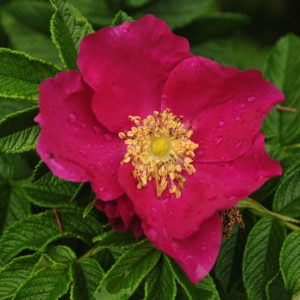

Ah, yes……….. the perfection of a rose in mid-summer. The sweet fragrance emitted from perfectly formed petals is why this is the flower of choice for many.
But, to obtain the perfect rose one needs to have the perfect soil, a perfect watering regimen, and a lot of time. For those of you who don’t fall into this category, consider the species Rosa rugosa. It is not as neat and upright the hybrid teas, and the flower petals tend to go helter-skelter. It sometimes has a kind of shaggy, unkempt look about it. That’s what gives this plant its character. Named for the wrinkled (rugose) surface of its glossy green leaves, this rose is a charmer that can soften and naturalize any area.
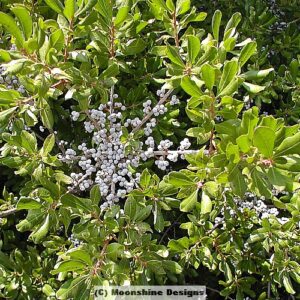
As a landscape plant, Bayberry is excellent for massing, borders or combining with broadleaf evergreens. It responds well to a periodic pruning to keep it’s form. An added advantage is that Bayberry has no serious insect or disease problems! Suited for Zones 2-9a.
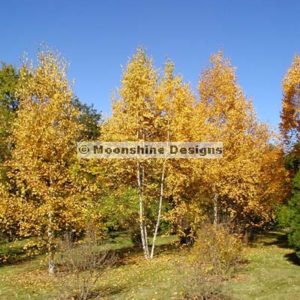
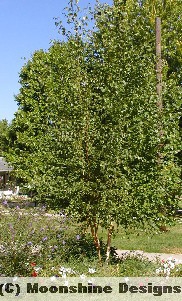
Betula Papyrifera
The Birch family is noted for its fall leaf color, and white peeling bark. They also grow fairly quickly! These are the trees that were used by the Indians for making canoes
Zones 2 – 7. Will do poorly south of zone 7.
Naturally grows in clumps, so plant three or four together.
Grows 40 – 80+ feet, depending on location, and prefers cool, damp areas, that are well drained.
Best adapted to cooler climates as it does poorly in high summer heat, especially root zone heat!
Prefers well-drained, slightly acid sandy loam soils
Full sun.
Avoid spring pruning to prevent bleeding.
When planting to the landscape, do NOT set the tree deeper than it was growing in the container or the upper roots will grow around the trunk at the base and kill it.
Packet of 200 seeds
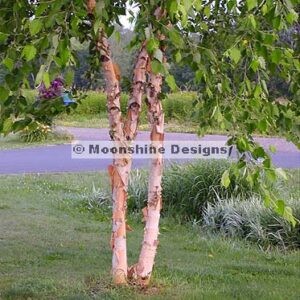
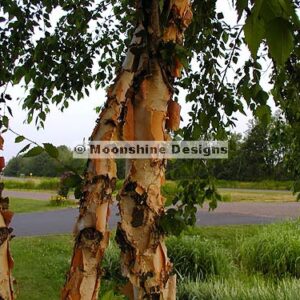
Betula nigra
Best adapted to cooler climates as it does poorly in high summer heat, especially root zone heat!
Prefers well-drained, slightly acid sandy loam soils
Full sun.
Avoid spring pruning to prevent bleeding.
When planting to the landscape, do NOT set the tree deeper than it was growing in the container or the upper roots will grow around the trunk at the base and kill it.
Packet of 200 seeds
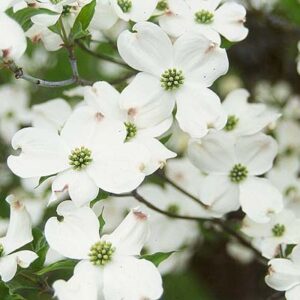
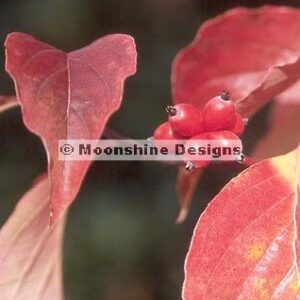
The flowering dogwood is unquestionably one of the most popular of our native flowering trees.
Height to 30 feet, with a rounded, open, horizontal branching habit. Moderate growth. The branches are covered with spectacular white bracts of flowers in Spring before leaves appear.
Fall fruits are glossy, red, and persist well into late fall. Foliage turns a bright scarlet in fall.
Excellent used as specimens, masses or naturalized under large trees. Prefers deep, moist but well-drained soil. Avoid deep planting and a hot, dry exposure. Not reliably hardy Zone 4a.
Zones 4b-8
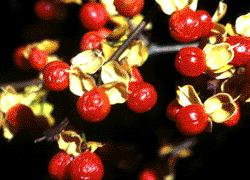
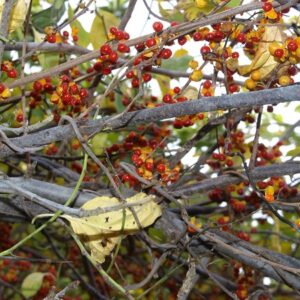
American bittersweet is a native woody and shrubby climber, growing over trees or fences. It has smooth thin leaves 2 to 4 inches long and about half as wide. The small greenish-white flowers are produced in June in short clusters. The fruit is a round, orange-yellow capsule which opens in autumn, disclosing the scarlet-colored seed pod. The seed capsules remain on the plant well into the cold season and provide food for birds in the winter. Fruits are eaten by songbirds, ruffed grouse, pheasants, bobwhite and squirrel. Old fruits are eaten as survival foods by many birds and animals in late winter. Fruits should NOT be eaten by humans. While not extremely toxic, they will “clean you out at both ends”. Bunches of twisted branchlets, loaded with fruit, are very decorative and the plant is disappearing in many places because of the ruthless methods of market pickers. Our stock is not from the wild!! We have selected ‘stock’ plants which grow on site here and have chosen the best over the years for the most desirable characteristics.
Way back in the dark and mysterious past, many shepherds hung bittersweet around the necks of those sheep which were suspected to be under the evil eye. I don’t think it is really necessary myself. Save this bit of lore for your next trivia game.
Often planted as an ornamental vine for the showy fruits. A good climber on trellises, arbors, porches. Fast growing. Decorative berries and twisted vines make interesting projects.
You will need both male and female plants to produce berries! 1 male can pollinate 4-5 female vines. MUST be planted within 30 feet of each other.
Light: Partial to full sun. Best fruit in full sun.
Soil Moisture: Dry to moist.
Soil pH: Acid to neutral.
Hardy to zone 4a and some say zone 3.


A small spreading tree 15 to 20 feet tall. It has a beautiful pinkish flower that blooms in the spring before the leaves emerge. The fruit provides food for wildlife during the fall. It features a striking appearance with a round-headed shape and lush green foliage. Fruits make excellent preserves or sauce. Autumn foliage is golden yellow. Very cold hardy!
Self pollinating, but two or more will result in a heavier yield.
Packet of 10 seeds
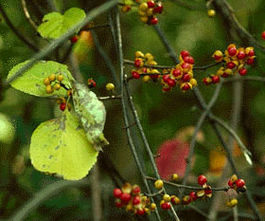
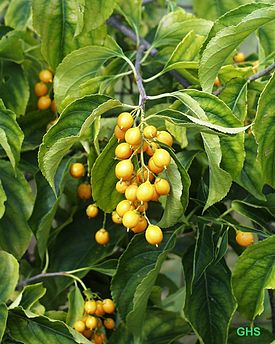
Celastrus angulatus is a deciduous Climber growing to 7.3 m (24ft) by 10 m (32ft) at a fast rate.
It is hardy to zone (UK) 5. It is in flower from Jul to August, and the seeds ripen from Nov to February. The flowers are dioecious (individual flowers are either male or female, but only one sex is to be found on any one plant so both male and female plants must be grown if seed is required) and are pollinated by Bees.Suitable for: light (sandy), medium (loamy) and heavy (clay) soils. Suitable pH: acid, neutral and basic (alkaline) soils. It can grow in full shade (deep woodland) semi-shade (light woodland) or no shade. It prefers moist soil.
Often planted as an ornamental vine for the showy fruits. A good climber on trellises, arbors, porches. Fast growing. Decorative berries and twisted vines make interesting projects.
You will need both male and female plants to produce berries! 1 male can pollinate 4-5 female vines. MUST be planted within 30 feet of each other.
Light: Partial to full sun. Best fruit in full sun.
Soil Moisture: Dry to moist.
Soil pH: Acid to neutral.
Hardy to zone 4a and some say zone 3.
NOTE: JUNE-MID SEPTEMBER SHIPMENTS BY GROUND ARE AT BUYER'S RISK. Please choose quicker method. Dismiss
